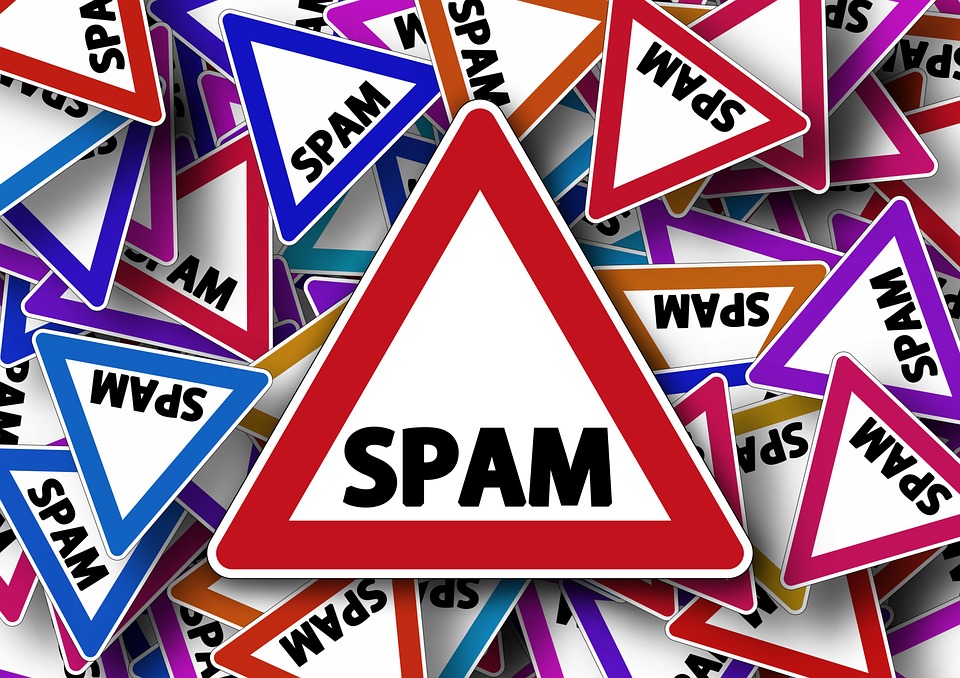An Email will be considered spam if its sender’s identity is doubtful or unknown, if a large group of people receive it, or if a recipient does not request it. Most email spam messages are either commercial or contain links that appear familiar but are phishing websites that are hosting malware. Hence email spam is not only exasperating but also unsafe to the users.

Different Types of Email Spam
- Phishing scam emails
- Trojan Horse Email
- Email Spoofing
- Unsolicited bulk emails or advertisements
- Anti-Virus Spam
- Political or Terrorist Email Spam
- Commercial Advertisements
- Chain Letters
- Illegally Pirated Software
- Pyramid Schemes
Various Spamming Techniques
- Email appending: It results in email spamming when you add the email address from the external database and later send emails to people who have not requested it.
- Blank Spam: In this email, the body of the email, as well as subject line, is missing.
- Image Spam: Here the text of the email is stored in GIF or JPEG format and the text-based spam filters cannot detect or block such emails.
- Backscatter Spam: Here the email servers are misconfigured to send bogus bounce emails when they reject or quarantine the message.
How to Protect Yourself from Spam Emails?
- Always set up a filter in front of your mail server.
- Set up a spam content filter directly in your mail server.
- Do not ever reply to spam emails.
- Have a complicated email ID (Alphanumeric) since spammers focus on simple email addresses most of the time.
- Do not ever click on any of the links provided in spam email.
- Do not forward the spam emails to others.
- Also, do not open the attachments in the spam messages.
- Always preview your message before opening it.
- Do not use your home or business email address to register for any free sites.
- Block the pictures in HTML messages.
- Always review the privacy policy of a website before you reveal your email address to them.
- Lastly, change your email address if your inbox has a lot of spam messages or you have responded to spam emails in the past.
